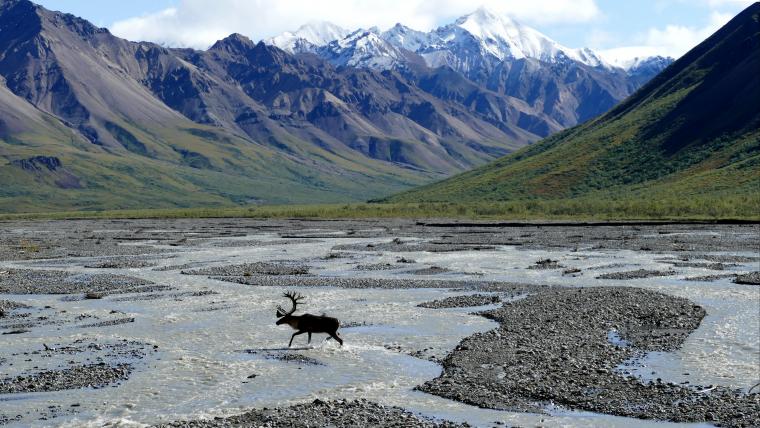
Spring leaf-out phenology observations have proven valuable in predicting how arctic plant communities may change in coming decades. Models used to predict changes in plant communities have traditionally taken phenology into account, but have used a single date for leaf-out averaged across all plant species. As participants in Nature’s Notebook know first-hand, the timing of leaf-out varies by species.
Researchers from the University of Alaska-Fairbanks used leaf-out dates for four dominant species groups and ran predictive models for each of these through 2100. They found that this more nuanced approach predicted changes in ecosystem composition, with species that leaf out earlier in the spring becoming dominant. As this study is the first of its kind to incorporate species-specific phenology information, it underscores the importance of phenology information at the species level.
Citation: E. S. Euskirchen, Carman, T. B., and McGuire, A. D., “Changes in the structure and function of northern Alaskan ecosystems when considering variable leaf-out times across groupings of species in a dynamic vegetation model”, Global Change Biology, 2013. DOI 10.1111/gcb.12392.